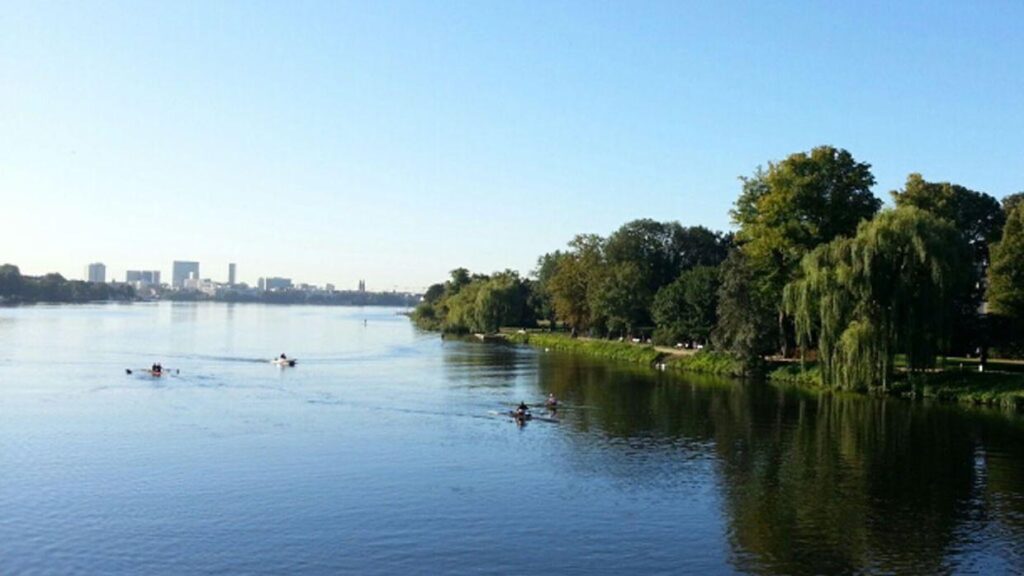A recent University of Minnesota survey reveals growing concern among Minnesotans about the health of the state’s lakes and rivers. As water quality issues increasingly capture public attention, residents express worries over pollution, invasive species, and the long-term sustainability of these vital natural resources. The findings highlight the importance of environmental stewardship and could influence future policy decisions aimed at protecting Minnesota’s cherished waterways.
Minnesotans Voice Growing Worry Over Water Quality in Lakes and Rivers
Concerns about water quality are rising sharply among Minnesotans, according to a recent University of Minnesota survey. The study reveals that residents across the state are increasingly worried about pollutants, algae blooms, and the overall health of their cherished lakes and rivers. Many respondents highlighted issues such as runoff from agriculture, urban waste, and industrial contamination as pressing threats to aquatic ecosystems. This growing unease reflects a broader awareness of environmental challenges and a call for more stringent water protection policies.
Key concerns identified by survey participants include:
- Increasing frequency of harmful algal blooms
- Declining fish populations
- Unsafe levels of nitrates and phosphorus
- Impact of invasive species on native habitats
- Insufficient monitoring and enforcement of pollution controls
| Water Issue | Percentage Concerned | Regional Impact |
|---|---|---|
| Algae Blooms | 68% | Southern Lakes |
| Pollution Runoff | 75% | Urban & Agricultural Areas |
| Fish Habitat Decline | 61% | Northern Rivers |
| Invasive Species | 54% | Statewide |
Survey Reveals Key Pollutants Driving Environmental Concerns Across the State
Recent findings from the University of Minnesota survey highlight a growing sense of urgency among residents regarding the quality of the state’s water bodies. Respondents expressed significant worries about contaminants impacting lakes and rivers, pinpointing agricultural runoff, industrial pollutants, and urban waste as the top contributors to declining water health. The data reflects an increased awareness of how these pollutants not only affect aquatic ecosystems but also pose serious risks to public health and local economies reliant on clean water.
Key pollutants identified include:
- Nitrogen and phosphorus compounds: Leading to harmful algal blooms.
- Heavy metals: Contamination from industrial discharge.
- Microplastics: Emerging concern in urban water systems.
| Pollutant | Primary Source | Perceived Impact |
|---|---|---|
| Nitrogen & Phosphorus | Agricultural Runoff | Algal Blooms & Oxygen Depletion |
| Heavy Metals | Industrial Waste | Toxicity to Wildlife & Humans |
| Microplastics | Urban Wastewater | Bioaccumulation in Aquatic Species |
Experts Urge Policy Changes and Community Action to Protect Freshwater Resources
Environmental specialists and local leaders are calling for immediate action to address the growing threats to Minnesota’s freshwater ecosystems. They emphasize that without significant policy reforms, including stricter regulations on agricultural runoff and urban development, the state’s cherished lakes and rivers will continue to deteriorate. Many experts stress the need to enhance funding for water quality monitoring programs and to incentivize sustainable farming practices that reduce phosphorus and nitrogen pollution.
Community involvement is also highlighted as a key component in safeguarding freshwater health. Experts recommend residents:
- Participate in local watershed groups to support restoration projects and share knowledge.
- Adopt rain gardens and buffer strips to naturally filter stormwater runoff from their properties.
- Advocate for clean water policies with local and state representatives to ensure accountability.
| Key Challenge | Recommended Action | Expected Outcome |
|---|---|---|
| Agricultural Runoff | Implement nutrient management plans | Reduced algal blooms |
| Urban Stormwater | Increase green infrastructure | Improved water clarity |
| Wetland Loss | Enforce wetland protection laws | Enhanced flood control and habitat |
To Wrap It Up
As concern for the health of Minnesota’s lakes and rivers continues to grow, the recent University of Minnesota survey underscores the urgency felt by residents across the state. As policymakers and environmental groups digest these findings, the challenge remains to translate public worry into effective action to protect and restore the waterways that are vital to Minnesota’s communities and ecosystems. MPR News will continue to track developments on this important issue.
